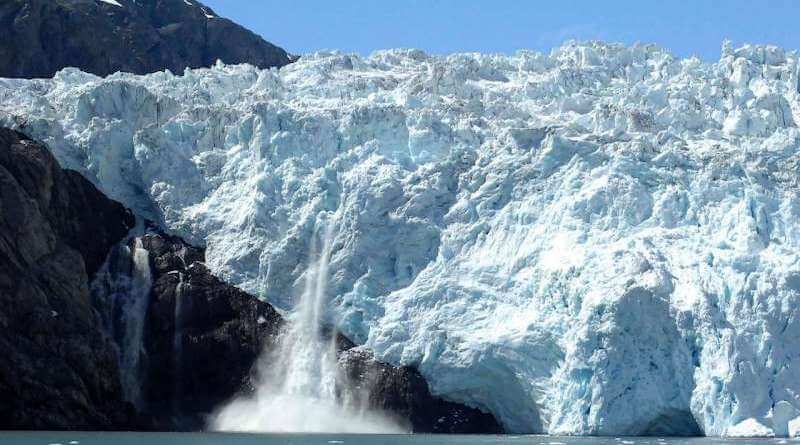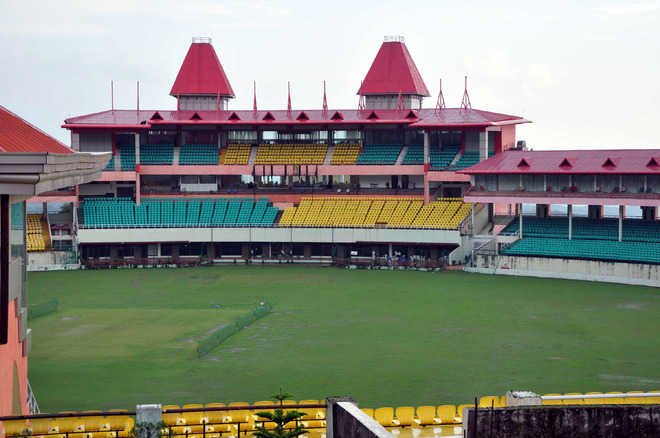Climate change leading to water shortage in Himalayas and Andes

DHARAMSALA, Dec 18: Climate change will have devastating effects on the residents of the Tibetan plateau and the Andes mountains according to researchers at The Ohio State University.
The researchers who have been studying glaciers in the main area of the Roof of the World, the Tibetan plateau and the Andes, the longest mountain range in the world for decades have found that the glaciers in the Tibetan plateau and Andes mountains are melting more rapidly than at any point in the last 10,000 years.
This could have devastating effects on parts of Peru, Pakistan, China, India and Nepal as the water supply will decline soon, the researches said.
The researcher’s findings were presented on Dec. 14 at the annual meeting of the American Geophysical Union in Washington, D.C. by Lonnie Thompson, a climate scientist at Ohio State’s Byrd Polar and Climate Research Center.
“Supply is down. But demand is up because of growing populations,” Thompson has said and added that “By 2100, the best case scenario is that half of the ice will disappear. Worst-case scenario: two-thirds of it will. And you’ve got all those people depending on the glacier for water.”
While the Tibetan Plateau, about the size of Western Europe, supplies water to nearly 2 billion people in Asia, the people of the Andes mountains have long benefited from melting glacial ice. But it is understood that as those ice sheets start to disappear, conflicts over the diminishing resource could intensify as the effects could be far-reaching, particularly on Peruvian agriculture and on the water supply in Lima, the Peruvian capital, the researchers noted.
“The problems are similar in both the Andes and the Tibetan plateau. The hope is that by finding solutions, we can help both places,” he added.
The researchers are hoping that by studying the glaciers in both areas, they will find answers to slow glacial retreat or to provide new water sources to at-risk areas.






